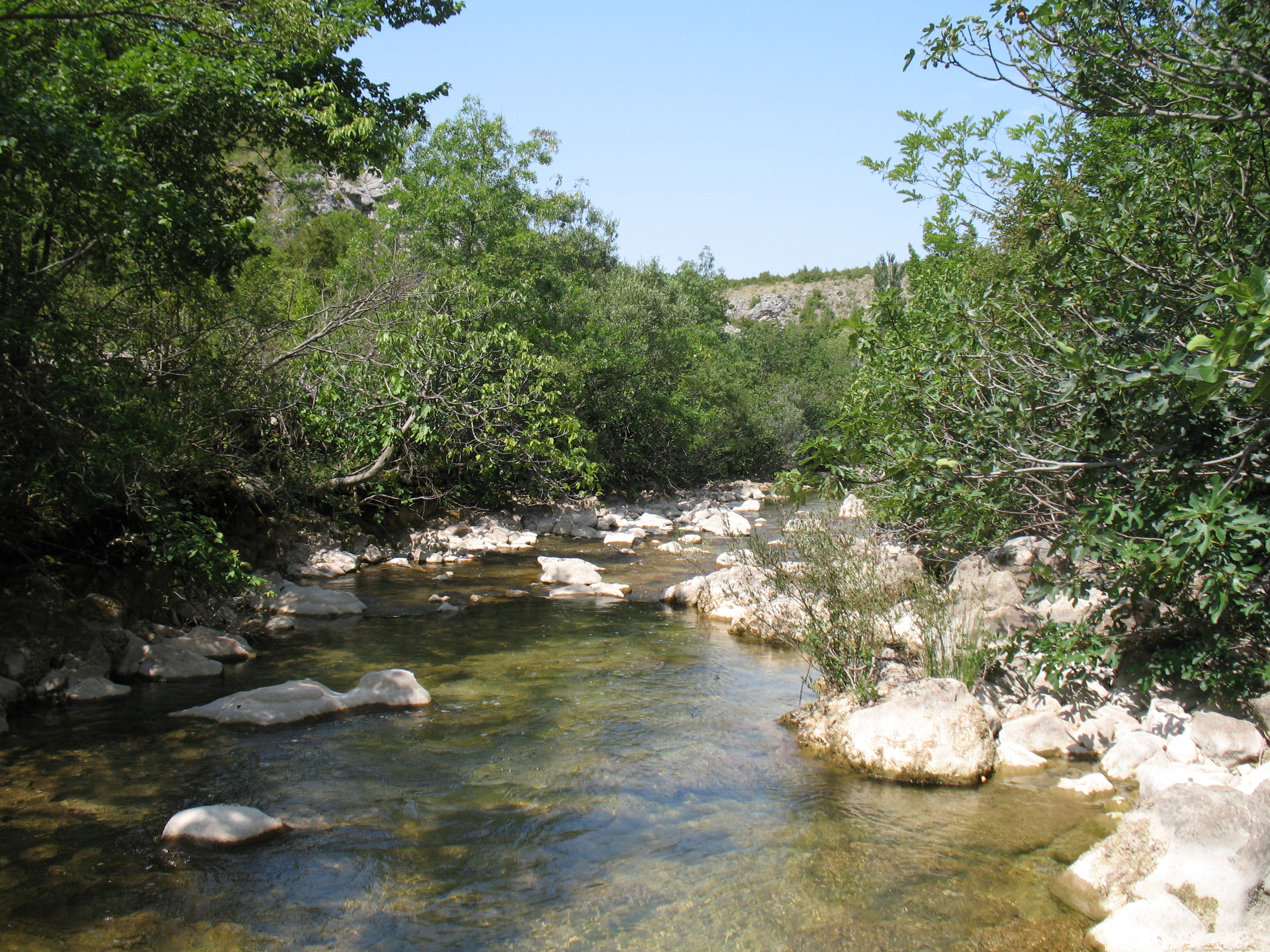Earth crust elements are present in the aquatic environment, including metals some of which are essential for the life on Earth (e.g. Fe, Zn, Cu), and others that are toxic (e.g. Hg, Cd, Pb, U, Cr). In elevated concentrations, metals from both groups are ecotoxic, but bioavailability and toxicity do not depend as much on their total concentration, as on a form or chemical species (free hydrated ion, complex with inorganic and/or organic ligands, adsorbate on the particulate matter). Voltammetry and the related methods are convenient for natural concentrations measurements (down to 1e-11 mol/l), as well as for distinguishing trace metal (TM) chemical species. Recently, the instrumentation improvements and sensor development made that «in-situ» measurements became possible.
Voltammetry and the related methods are convenient for natural concentrations measurements (down to 1e-11 mol/l), as well as for distinguishing trace metal (TM) chemical specie
The aims of the project: - estimation of equilibration conditions, kinetics and mechanisms for most important interactions of trace metal species with macro- and micro-constituents and organic matter in model and natural aquatic systems; - improvement of sampling methods (e.g. passive sampling), analytical methods for speciation and determination of the particular forms reactivity with particles in water column, sediments and biota.Expected results will be improvements in measuring procedures, broadened knowledge on the mechanisms and processes that regulate pathways and dynamics of TM transformation from one to another species in model and natural water systems, knowledge on a sediment as TM collector and source, establishing of the TM and their species distribution in the tissues of edible organisms from aquatic environment.Accuracy and precision checking, range and reliability of the methods will be accomplished through comparison with models, by control measurements of certified standard materials and by taking part in international intercalibrations.The importance of the investigations is assessing more accurate characterization of natural and polluted aquatic systems concerning concentration, speciation and interaction of TM and establishing their cycle in an entire aquatic system. Scientific insights should contribute to improvement of law regulations concerning environmental protection
Project bibliography


